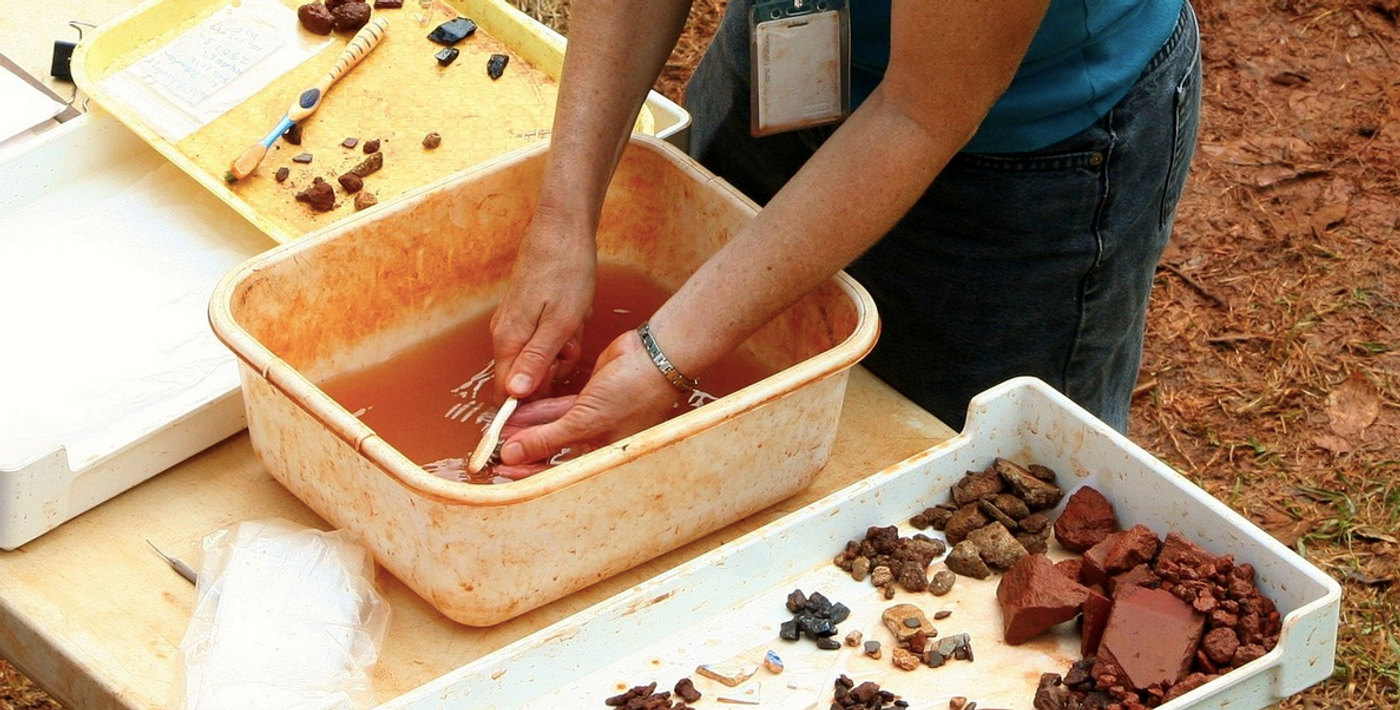Evidence of the Oldest Surgical Amputation in History
In Borneo, researchers have discovered the oldest case of a surgical amputation, in which a person's left lower leg and left foot were purposefully removed. The scientists estimated that the surgery took place about 31,000 years ago or more. The patient was a child who survived the procedure and lived for another six to nine years at least, said the investigators. After reaching early adulthood, they died from an unknown cause and were buried in LiangTebo cave in East Kalimantan. This limestone cave also showcases some of the earliest dated rock art in the world.
The findings, which were reported in Nature, show that people in an ancient community were able to prevent infection and navigate human physiology with enough expertise to perform an amputation successfully.
"The discovery implies that at least some modern human foraging groups in tropical Asia had developed sophisticated medical knowledge and skills long before the Neolithic farming transition," noted co-lead study author Dr. Melandri Vlok, a postdoctoral researcher at the University of Sydney. Vlok added that the find is "incredibly exciting and unexpected."
Archaeologists who recovered the bones invited Vlok, who is an expert in ancient skeletons, to analyze the find. When the part of the leg containing the stump was unwrapped, there was a clean cut, and the rest of the leg was gone. The cut itself looked clean and well-healed.
The chances that this amputation could have been an accident are infinitely small, Vlok said. "The only conclusion was this was stone age surgery."
The scientists don't know what led to the amputation. But this person also had evidence of neck and collar bone trauma, and the researchers suggested this might have all happened at the same time. The injuries might have been caused by an accident like a rock fall, Vlok suggested, and the community knew the foot had to be removed if the child was going to survive.
"It is an extremely rugged environment with steep mountains dotted with caves containing some of the oldest paintings created by our species," noted study co-leader Professor Maxime Aubert of Griffith University.
To reach the cave, the archaeology team had to kayak into a valley and scale a massive cliff. "This unique find challenges assumptions of humanity's capabilities in the past and is set to significantly advance our understanding of human lifeways in tropical rainforests," added study co-author Dr. India Dilkes-Hall of the University of Western Australia.
Sources: University of Sydney, Nature









